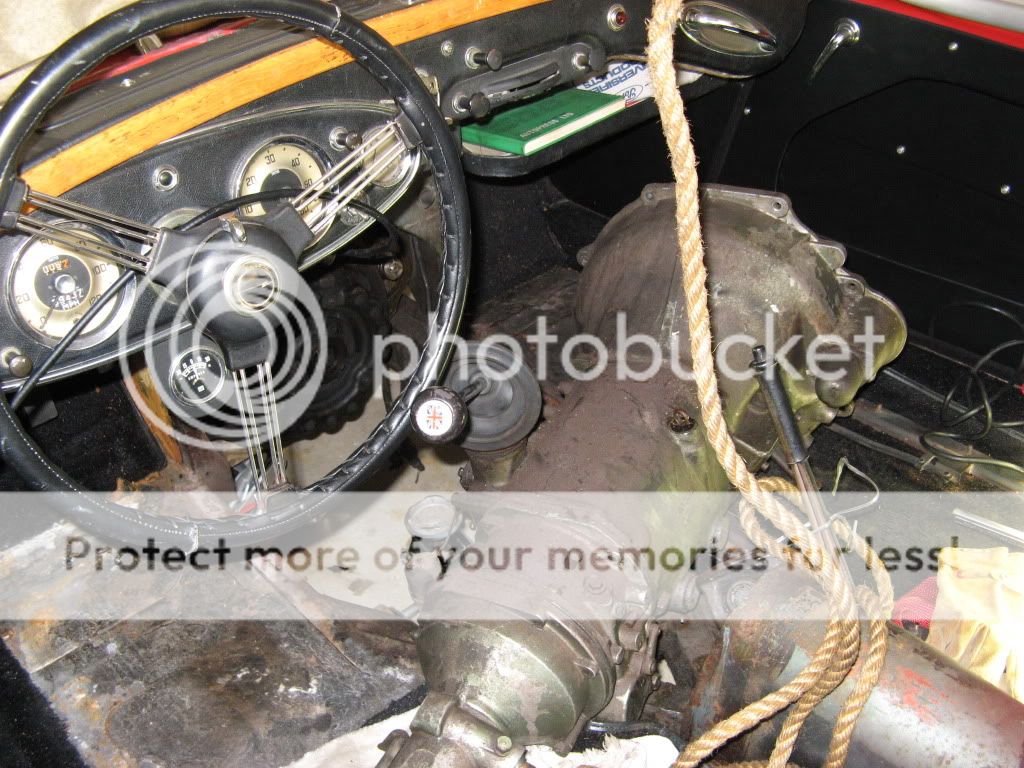Offline
I think I was blinded by the "polish" of the engine compartment shown(that's a compliment to the owner of the car/picture that's posted). I mistook the PCV hose connection for the brake servo connection. I'm not sure I would experiment with different PCV's and instead just go with the one Norm Nock recommends. He usually had everything all sorted out so you know it works correctly. A lean rear carb would be a big concern of mine. I have rebuilt two engines that had failed #6 pistons. They didn't have PCV's, but maybe they were "lean"??GregW said:Hi Patrick,Patrick67BJ8 said:What about the hose for the brake servo on a BJ8?
Patrick
I'm not following you. ?
Patrick

 Hi Guest!
Hi Guest!

 smilie in place of the real @
smilie in place of the real @
 Pretty Please - add it to our Events forum(s) and add to the calendar! >>
Pretty Please - add it to our Events forum(s) and add to the calendar! >> 

 ___Keoke :thumbsup:
___Keoke :thumbsup:


